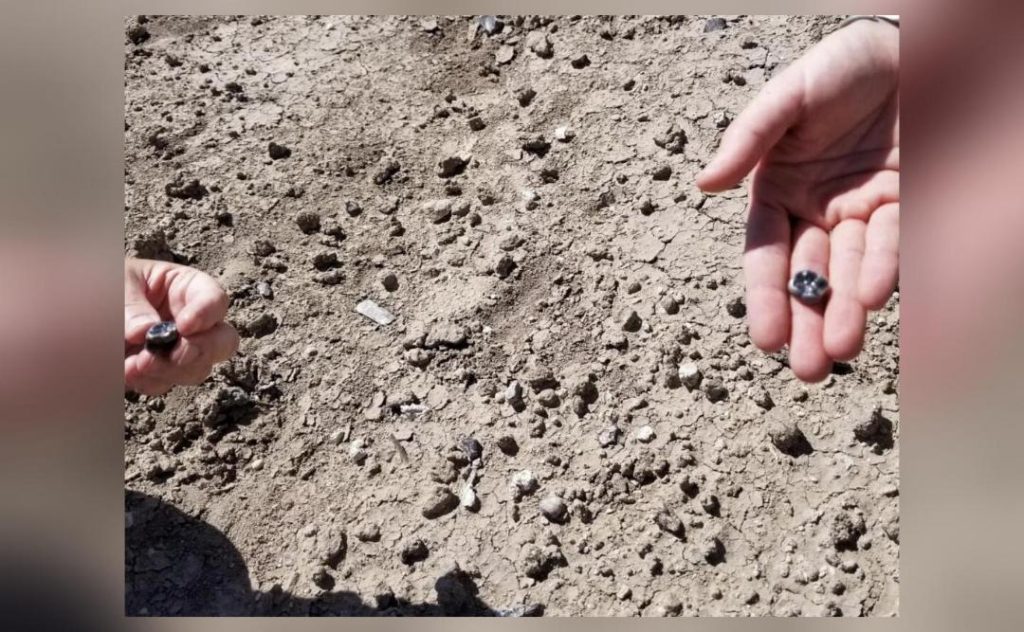
Human Species that Lived Alongside Our Oldest Ancestors Discovered
The discovery of 13 fossil teeth in Ethiopia’s Afar region has sent shockwaves through the scientific community, revealing that two distinct human ancestor species lived alongside each other between 2.6 and 2.8 million years ago. This groundbreaking find has significant implications for our understanding of human evolution, challenging our traditional view of the transition from ape-like ancestors to modern humans.
The teeth, discovered in the Woranso-Mille paleontological site in the Afar region, belong to a previously unknown human ancestor species, which has been named Australopithecus anamensis. This species is thought to have lived alongside the earliest members of the Homo genus, including Homo habilis and Homo erectus.
The presence of these two distinct species on the same landscape has major implications for our understanding of human evolution. For decades, scientists have assumed that early Homo species replaced their ape-like ancestors, gradually evolving into modern humans. However, this discovery suggests that multiple human ancestor species coexisted for millions of years, challenging our traditional narrative of human evolution.
“This changes our understanding of the transition from ape-like ancestors to modern humans,” said Dr. Sileshi Semaw, a paleoanthropologist at the University of Nevada, Las Vegas. “It shows that the earliest Homo members shared the landscape with hominin ancestor Australopithecus. This…shows the image…in our minds of an ape to a Neanderthal to a modern [human] isn’t correct.”
The discovery of Australopithecus anamensis is significant because it provides evidence of a previously unknown human ancestor species that lived alongside early Homo species. This find is particularly important because it sheds light on the early stages of human evolution, a period that is often poorly understood due to the scarcity of fossil evidence.
The 13 fossil teeth, which date back to around 2.6-2.8 million years ago, were found in sedimentary rocks in the Woranso-Mille paleontological site. The teeth are remarkably well-preserved, with some showing signs of wear and tear from the individual’s diet.
The discovery of Australopithecus anamensis is not only significant for our understanding of human evolution but also for our understanding of the environmental conditions during this period. The fossil teeth suggest that the early human ancestors were adapted to a warm and humid climate, with a diet that consisted mainly of plants and fruits.
The coexistence of multiple human ancestor species has significant implications for our understanding of human evolution. It suggests that early Homo species did not replace their ape-like ancestors, but rather coexisted with them for millions of years. This challenges our traditional view of human evolution, which assumes that early Homo species gradually evolved into modern humans.
The discovery of Australopithecus anamensis is a testament to the complexity and diversity of human evolution. It highlights the need for continued exploration and research into the early stages of human evolution, a period that is often poorly understood due to the scarcity of fossil evidence.
In conclusion, the discovery of 13 fossil teeth in Ethiopia’s Afar region has sent shockwaves through the scientific community, revealing that two distinct human ancestor species lived alongside each other between 2.6 and 2.8 million years ago. This groundbreaking find has significant implications for our understanding of human evolution, challenging our traditional view of the transition from ape-like ancestors to modern humans.
News Source:






